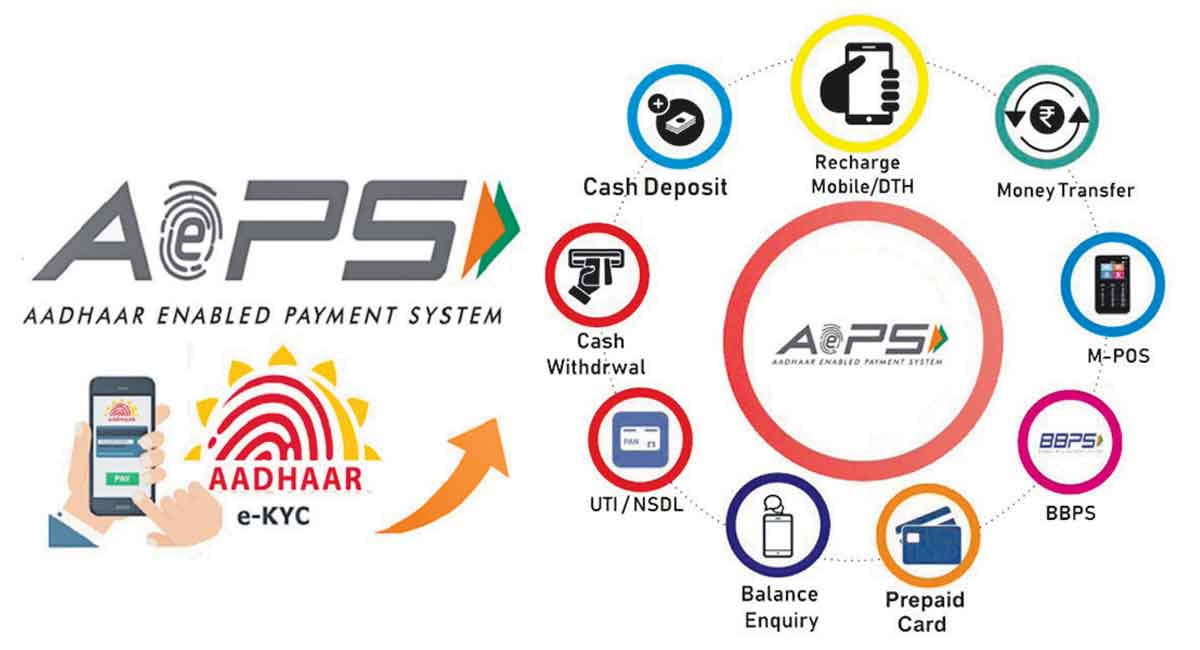Free Courses Sale ends Soon, Get It Now


Free Courses Sale ends Soon, Get It Now



Copyright infringement not intended
Context: Aadhaar Enabled Payment System (AePS) is a bank-led model that allows online interoperable financial transactions at Point-of-Sale (PoS) devices and micro ATMs of any bank using Aadhaar authentication.
Aadhaar Enabled Payment System (AePS)
About
Benefits of AePS
Balance enquiry
Cash withdrawal
Cash deposit
Fund transfer
Bill payment
How to use AePS
Steps to use AePS
Significance
Challenges
Transaction failures
Lack of awareness and financial literacy
Inadequate infrastructure and regulation
Steps need to be taken
Improving the technical and operational aspects of AePS
Increasing the awareness and financial literacy of customers
Strengthening the infrastructure and regulation of AePS
Conclusion
Must Read Articles:
Aadhaar: https://www.iasgyan.in/daily-current-affairs/aadhar-card
|
PRACTICE QUESTION Q. What are the benefits and drawbacks of the Aadhaar-enabled Payment System (AePS) for India's financial inclusion and digitalization goals? How can the system be improved to address the existing loopholes and challenges? |
https://epaper.thehindu.com/ccidist-ws/th/th_delhi/issues/36485/OPS/GCVB82IPE.1+GOJB831M6.1.html
© 2024 iasgyan. All right reserved